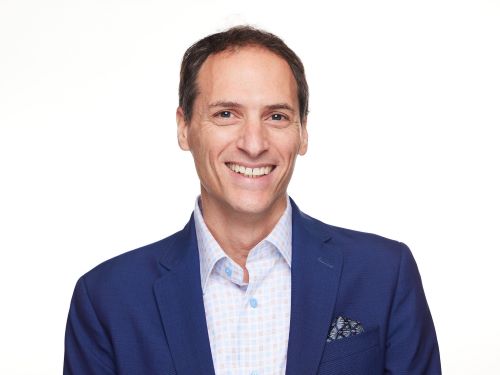Networking for Referrals
Two big Portland, Ore., law firms that often compete head-to-head have an informal arrangement on referrals. They can send each other cases without fear of poaching.
One, Bullivant Houser Bailey, has about 185 lawyers and calls itself a West Coast law firm. Downtown neighbor Davis Wright Tremaine is a national firm with more than 400 lawyers. It has offices in New York City and Washington, D.C., and a toehold in China.
“We compete in Oregon, but they have Anchorage and we don’t, while we have Nevada and they don’t,” says Dianne K. Dailey, managing partner of Bullivant Houser. “And they’re on the East Coast, so if one of our lawyers needs to refer a case there or to Anchorage, I think of Davis Wright. There’s not that fear of someone trying to take a client away with a one-time referral.”
Referring cases can be as easy as sending someone to an old law-school classmate in another state, or as difficult as trying to find just the right fit for the client while at the same time not losing that client for keeps.
On rare occasions, referrals can come back with a bite. While not exactly a groundswell, there is an increasing number of claims against lawyers for negligent referrals.
TECHNOLOGY HELPS
All this has become more problematic as some law firms have grown to the size of towns. But at the same time, communications technology, especially e-mail within the firms, has kept the village grapevine thriving.
Typically, e-mail does the job for referrals at Hunton & Williams, with nearly 900 lawyers in 17 offices—five in Europe and Asia. When someone needs to find outside lawyers to help a client, it is posted on the grapevine.
“You’ll get flooded with responses in a very short period,” says Kurt A. Powell, managing partner of the Atlanta office. “It’s in our culture to do it quickly and help get the client that kind of information.”
At Portland’s Bullivant Houser, a lot of the queries get handled at the top by networking lawyers. “Doug Houser and I just know so many people around the country through the ABA and through the Federation of Defense & Corporate Counsel,” says managing partner Dailey, a former chair of the Tort Trial and Insurance Practice Section, as is Houser. Both have long resumés of organized bar work. “My first source is always the TIPS directory. I know most of the people in there. Then I’ll go to the ABA Redbook. And a lot of these lawyers have referred business to me.”
That sort of networking lessens the risks involved in sending a client elsewhere. After all, it’s important to know more than just that the lawyer is a member of the bar.
In a case in New York, an appeals court did not let a lawyer off the hook for referring a case to another firm that allegedly missed a filing date, then went out of business and had no insurance. The referring lawyer was on the retainer agreement, but no other details of the arrangement were in writing. The court ruled there is an issue of fact concerning the referring lawyer’s responsibility. Reed v. Finkelstein, Levine, Gittlesohn & Tetenbaum, 756 N.Y.S.2d 577 (2003).
“There’s always a risk if the lawyer plans to participate in the fee,” says Barry R. Temkin, a New York City lawyer who concentrates on professional liability cases. “And it wouldn’t be a bad idea to keep a due diligence file on the receiving lawyer.”
Temkin suggests finding out whether the lawyer has been active in a bar association, for example, or has published articles about a particular subject area. When sharing in a fee, the referring lawyer should be even more careful and offer the client information such as qualifications, years of practice in particular subject areas and previous employment, such as government service.
“If the client comes knocking when things go south,” Temkin says, “it’s nice to be able to say, ‘I checked him out, and here’s the file on him.’ ”



